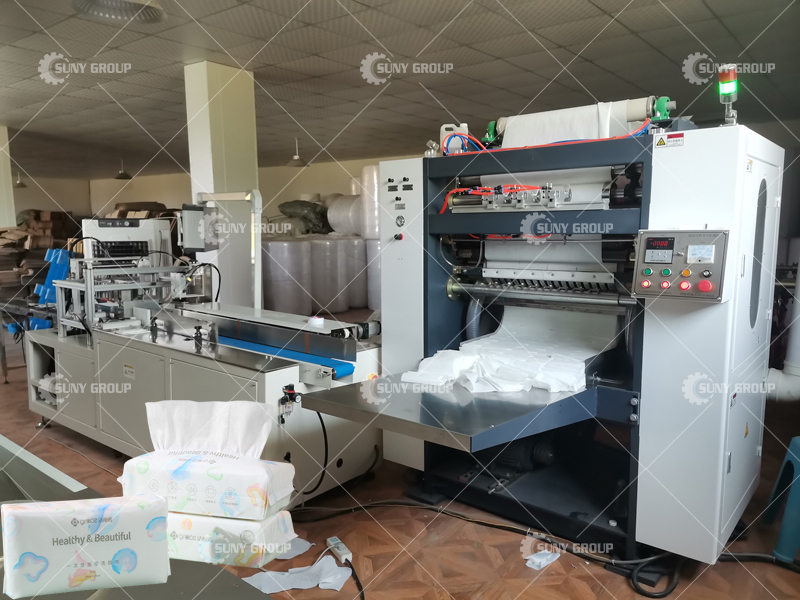-
NewsPosition :Home >
- News> Industry news > High-Quality Cotton Tissue Machine for Sale at Factory Price
High-Quality Cotton Tissue Machine for Sale at Factory Price
2025-09-24 11:55:50The demand for cotton tissues has grown rapidly in recent years, driven by increasing consumer awareness of hygiene, baby care, and personal health. As businesses expand into hotels, healthcare facilities, and households, investing in a high-quality cotton tissue machine has become essential for efficient and reliable production. Understanding market needs, machine quality indicators, working processes, and factory factors is crucial for selecting the right equipment.

Market Demand for Cotton Tissue Machines
1.Growing demand for soft, eco-friendly, and absorbent cotton tissues in personal care and commercial use.
2.Expansion of industries such as baby care, hospitality, and healthcare drives the need for high-capacity production lines.
3.Businesses are looking for machines that combine quality with cost-effectiveness to remain competitive.
How to Judge High-Quality Machines
A high-quality cotton tissue machine can be assessed by:
1.Build and Materials: Durable stainless steel frames and precision-engineered rollers ensure long-term operation.
2.Automation Level: Machines with automatic feeding, embossing, cutting, folding, and packaging reduce labor costs and increase consistency.
3.Efficiency and Output: High-speed machines capable of producing different tissue types (facial, wet, or dry) meet versatile market needs.
4.User-Friendly Design: Low noise, energy efficiency, and simple control systems improve operational experience.
5.Quality Control Features: Sensors and inspection systems detect defects, ensuring consistent product quality.
Working Process of a Cotton Tissue Machine
1.Feeding: Raw cotton or tissue paper is automatically loaded into the machine.
2.Embossing: Rollers create texture that enhances softness and absorbency.
3.Cutting and Folding: Tissues are shaped into required sizes such as facial tissues, napkins, or baby wipes.
4.Packing: Automatic packing units wrap or box tissues hygienically, ready for distribution.
5.Inspection: Optional sensors monitor alignment and detect defects during production.
Factory Factors Affecting Machine Quality
1.Manufacturer Reputation: Established factories invest in R&D and use advanced technology to ensure reliable machines.
2.Production Capacity: Large-scale factories can handle customized orders and provide faster delivery.
3.After-Sales Support: Availability of spare parts, maintenance services, and operator training improves long-term performance.
5.Certifications: Compliance with international standards such as CE or ISO demonstrates credibility and safety.
Advantages of Buying at Factory Price
1.Eliminates middlemen costs, offering competitive pricing without compromising quality.
2.Customizable configurations for speed, output, and tissue dimensions.
3.Direct communication with manufacturers ensures technical support and fast problem resolution.
In conclusion, investing in a high-quality cotton tissue machine requires careful evaluation of market needs, machine durability, automation, and factory credibility. By considering these factors, businesses can achieve efficient production, produce soft and absorbent tissues, and seize opportunities in the growing global cotton tissue market.
Previous Page:Next Page:Quick consultationZhengzhou SUNY Industrial Co., Ltd. , a SUNY Group subsidiary, specializes in manufacturing sanitary equipment including wet wipes machines, mask machines and diaper production lines. Headquartered in Zhengzhou, it integrates R&D, production and sales with China's leading sanitary automation expertise.ProductsCopyright: 2011-2025 Zhengzhou SUNY Industrial Co., Ltd. All rights reserved.
